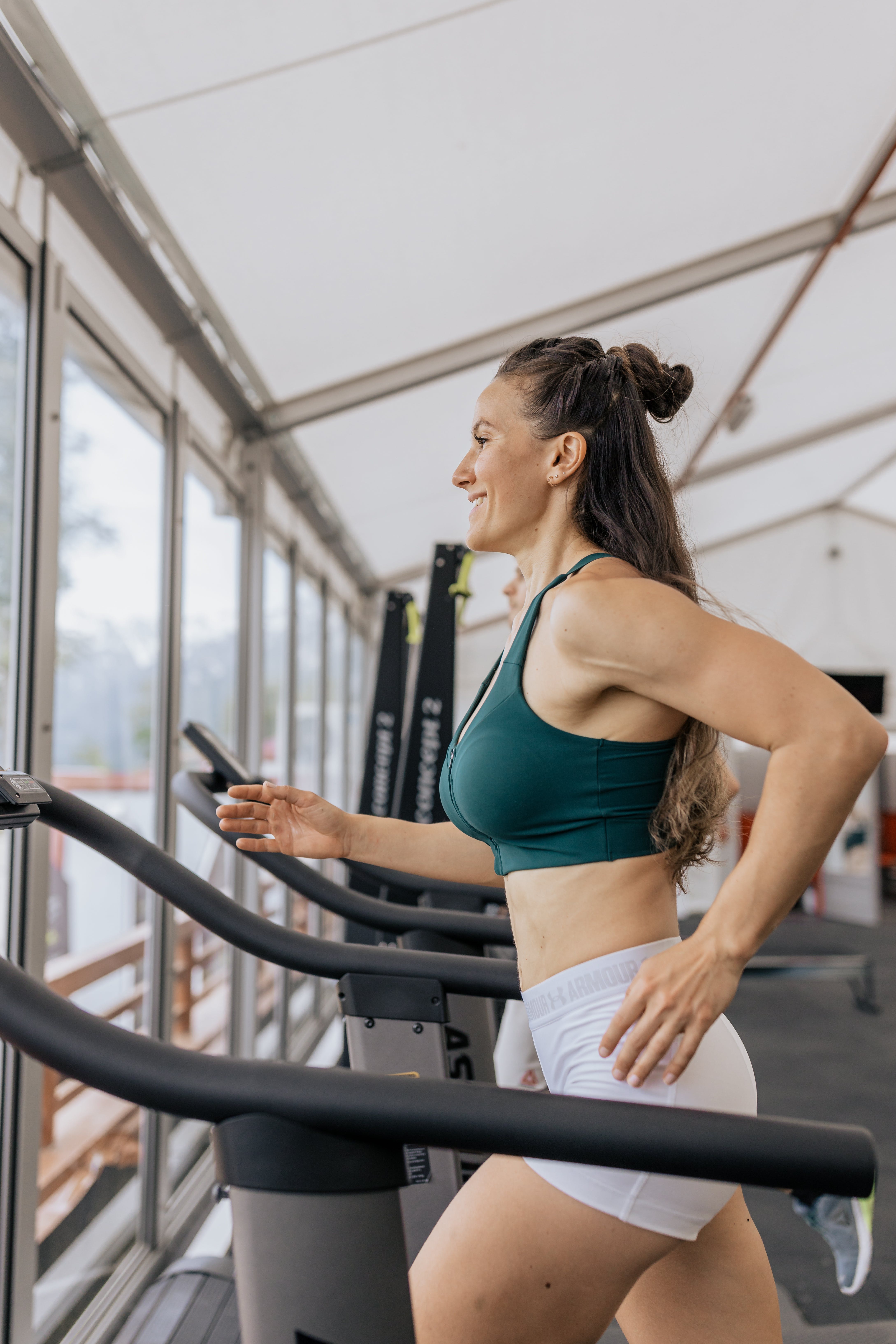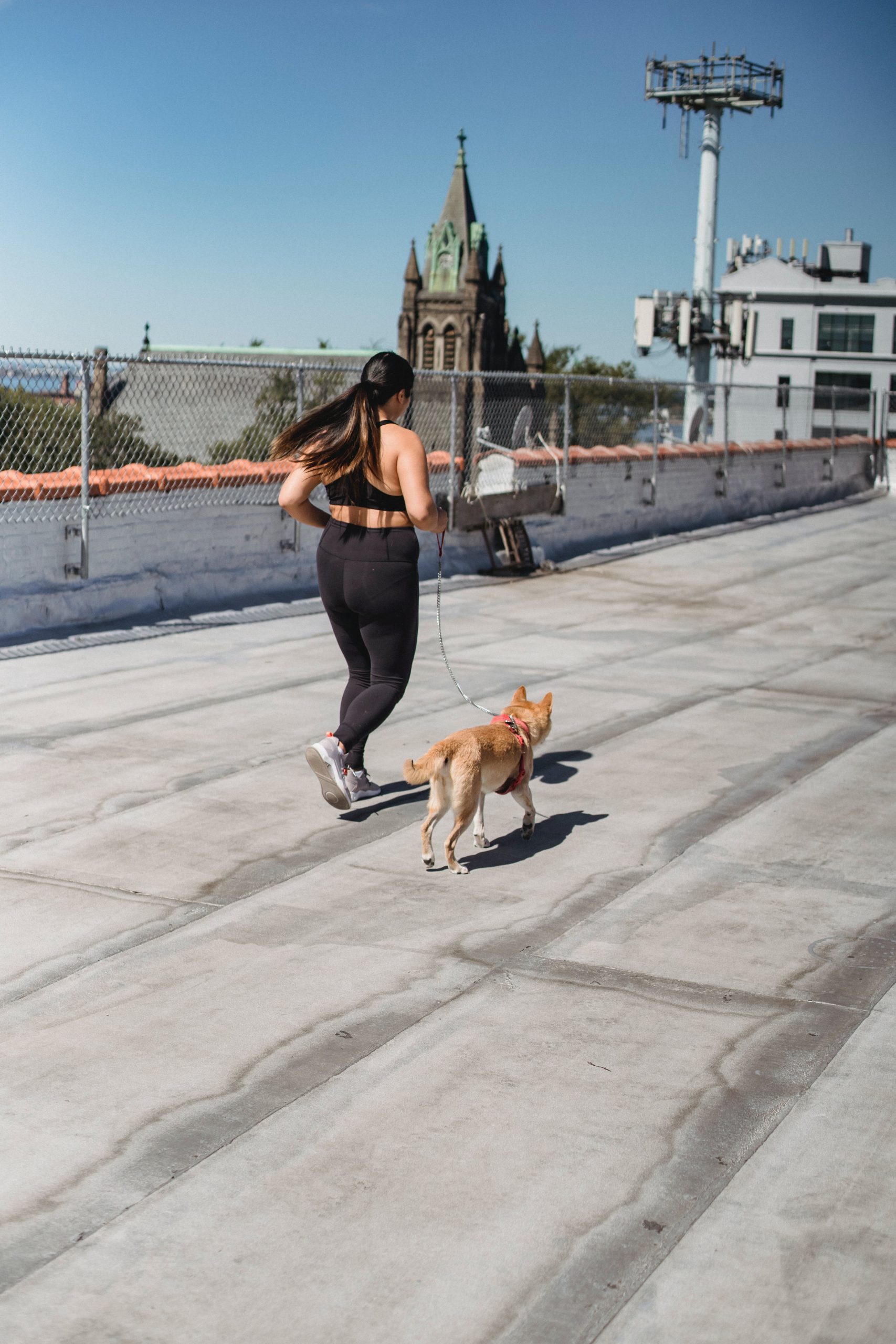Running in hot weather can be a unique challenge, but with the right preparation, it can also be incredibly rewarding. The summer sun brings longer days and the opportunity to enjoy the outdoors in full bloom. However, it’s crucial to be aware of the additional stresses that high temperatures can place on your body. Understanding how to adjust your routine and what precautions to take can make all the difference in maintaining your performance and safety.
One of the primary concerns when running in the heat is the risk of dehydration and heat-related illnesses. High temperatures can quickly sap your body’s fluids and electrolytes, leading to symptoms like dizziness, nausea, and heat exhaustion. By implementing proper hydration strategies and knowing the signs of heat stress, you can keep yourself safe while enjoying your run.
Moreover, selecting the right gear is vital. Lightweight, moisture-wicking clothing, and appropriate sun protection can help regulate your body temperature and prevent sunburn. By being mindful of these factors, you can make your hot weather runs enjoyable and effective.
Running in the heat doesn’t have to be daunting. With these essential tips, you can embrace the summer sun and continue your fitness journey without compromising your health. Ready to learn more? Visit our website to get started today!
Importance of Proper Hydration

Proper hydration is the cornerstone of successful and safe running in hot weather. When temperatures rise, your body works harder to cool itself down, primarily through sweating. This process leads to a significant loss of water and essential electrolytes, which need to be replenished to maintain optimal performance and prevent heat-related illnesses.
Staying hydrated starts well before you lace up your running shoes. Aim to drink plenty of water throughout the day, not just right before your run. *Electrolyte-rich beverages* can also be beneficial, as they help replace the sodium, potassium, and other minerals lost through sweat. During your run, it’s important to carry water with you, whether it be in a handheld bottle, a hydration pack, or by planning routes that include accessible water fountains.
Pay attention to your body’s signals. Thirst is a clear indicator that you need to hydrate, but other signs like dry mouth, dark urine, and decreased urine output are also red flags. On particularly hot and humid days, consider taking more frequent water breaks and slowing your pace to allow your body to manage the heat more efficiently.
Post-run hydration is equally essential. Replenishing the fluids and electrolytes lost during your run helps your body recover faster and prepares you for your next session. Consider including a recovery drink that combines water, electrolytes, and a small amount of carbohydrates to restore your energy levels and hydration status effectively.
By prioritizing proper hydration, you can enhance your performance, reduce the risk of heat-related issues, and enjoy your hot weather runs to the fullest.
Choosing the Right Clothing

Choosing the right clothing is crucial when running in hot weather. The clothes you wear can significantly impact your comfort, performance, and safety, making it essential to select garments designed to keep you cool and dry.
Opt for *lightweight, moisture-wicking fabrics* such as polyester or technical blends over cotton. These materials are designed to pull sweat away from your skin, allowing it to evaporate quickly and helping to keep your body temperature down. Look for clothing labeled as “breathable” or “quick-drying” to ensure optimal performance.
Light-colored clothing is also a smart choice for hot weather runs. Dark colors absorb more heat from the sun, while light colors reflect it, helping to keep your body cooler. Additionally, consider wearing garments with built-in UV protection to shield your skin from harmful rays. Many brands offer tops and bottoms with UPF ratings, which indicate the level of sun protection provided.
Don’t forget the importance of accessories. A good *running hat or visor* can provide shade for your face and keep sweat out of your eyes. Sunglasses with UV protection are also essential to protect your eyes from the sun’s glare and harmful rays. If you’re planning a long run, you might want to consider a neck gaiter or a cooling towel that can be soaked in water and worn around your neck for an added cooling effect.
Lastly, ensure that your running shoes are appropriate for hot weather. Breathable mesh uppers can help keep your feet cool, and moisture-wicking socks will prevent blisters by keeping your feet dry. By carefully selecting the right clothing and accessories, you can enhance your comfort, stay safe, and perform your best even in the hottest conditions.
Adjusting Your Running Schedule
When running in hot weather, it’s essential to adjust your running schedule to avoid the most intense heat of the day. By strategically planning your runs, you can minimize the risk of heat-related illnesses and improve your overall running experience.
One of the most effective tips for running in hot weather is to *run during the cooler parts of the day*. Early mornings and late evenings are typically the coolest times, as the sun is either just rising or setting. Temperatures are generally lower, and the sun’s rays are less intense, reducing the risk of overheating.
If your schedule allows, consider shifting your longer or more intense workouts to these cooler periods. For those who prefer morning runs, aim to start as early as possible, ideally before the sun fully rises. Evening runners should plan to head out after the sun has begun to set. This timing not only helps avoid the heat but also keeps you safe from the harmful UV rays that are strongest during midday.
For runners who can’t adjust their schedules to early mornings or late evenings, seeking out shaded routes can make a significant difference. Parks, trails, and wooded areas often provide natural shade, which can help keep you cooler. Additionally, running near bodies of water, such as lakes or rivers, can offer a slight cooling effect due to the proximity to water.
Another strategy is to break up your runs into shorter segments. Instead of one long run, consider splitting it into two shorter runs, one in the morning and one in the evening. This approach allows you to get your miles in without spending too much time in the heat at once.
By adjusting your running schedule and taking advantage of cooler times of the day and shaded routes, you can safely enjoy your runs and maintain your performance even in the hottest weather.
Pre-Run and Post-Run Care

Proper *pre-run and post-run care* is crucial when running in hot weather to ensure your body is well-prepared and adequately recovered. These steps can help you avoid heat-related issues and perform at your best.
Before heading out for a run, it’s important to focus on hydration. Start hydrating well before your run by drinking water throughout the day. About 30 minutes before your run, consume 8-16 ounces of water or an electrolyte drink to ensure your body is adequately hydrated. Additionally, consider having a light snack that’s rich in carbohydrates and low in fat to provide the necessary energy without causing stomach discomfort.
Another pre-run tip is to apply sunscreen with at least SPF 30 to all exposed skin to protect against harmful UV rays. Wearing lightweight, moisture-wicking clothing and a hat can also help keep you cool and protect you from the sun.
Post-run care is equally important in hot weather. Immediately after your run, focus on rehydrating and replenishing lost electrolytes. Drink water or an electrolyte-rich beverage to replace fluids lost through sweat. Eating a balanced meal or snack that includes carbohydrates and protein within 30 minutes of completing your run can aid in muscle recovery and replenish your energy stores.
Cooling down properly after your run is essential. Spend 5-10 minutes walking or doing light stretching to gradually lower your heart rate and prevent blood pooling in your legs. If possible, take a cool shower or apply ice packs to help reduce your body temperature.
In addition to these steps, keep an eye on your body’s signals. If you experience symptoms such as dizziness, excessive fatigue, or nausea, it’s important to rest and rehydrate immediately. Taking these pre-run and post-run care steps seriously will help you stay safe, feel better, and continue to enjoy your running routine even in hot weather.
Recognizing Signs of Heat-Related Illnesses

Understanding how to recognize the signs of *heat-related illnesses* is critical for anyone running in hot weather. These conditions can escalate quickly, so it’s essential to know what to look for and how to act.
**Heat cramps** are often the first sign of trouble. These painful muscle spasms usually occur in the legs or abdomen and are a result of heavy sweating and loss of electrolytes. If you experience heat cramps, stop running, move to a cool place, and hydrate with an electrolyte drink.
**Heat exhaustion** is more serious and includes symptoms such as heavy sweating, weakness, dizziness, nausea, headache, and a rapid but weak pulse. If you notice these symptoms, it’s crucial to stop exercising immediately. Move to a shaded or air-conditioned area, lie down, and elevate your legs. Drink cool water or an electrolyte drink and apply cool, wet cloths to your skin.
**Heat stroke** is a medical emergency that can be life-threatening. Symptoms include a high body temperature (above 103°F), red, hot, and dry skin (no sweating), rapid, strong pulse, throbbing headache, confusion, and unconsciousness. If you or someone else exhibits these symptoms, call emergency services immediately. While waiting for help, try to cool the person down with whatever means available, such as a cool bath or wet cloths.
Being aware of these symptoms and acting quickly can prevent severe health consequences. Always listen to your body and err on the side of caution when running in hot weather.
**Visit our website to learn more and get started today!** Click here.


